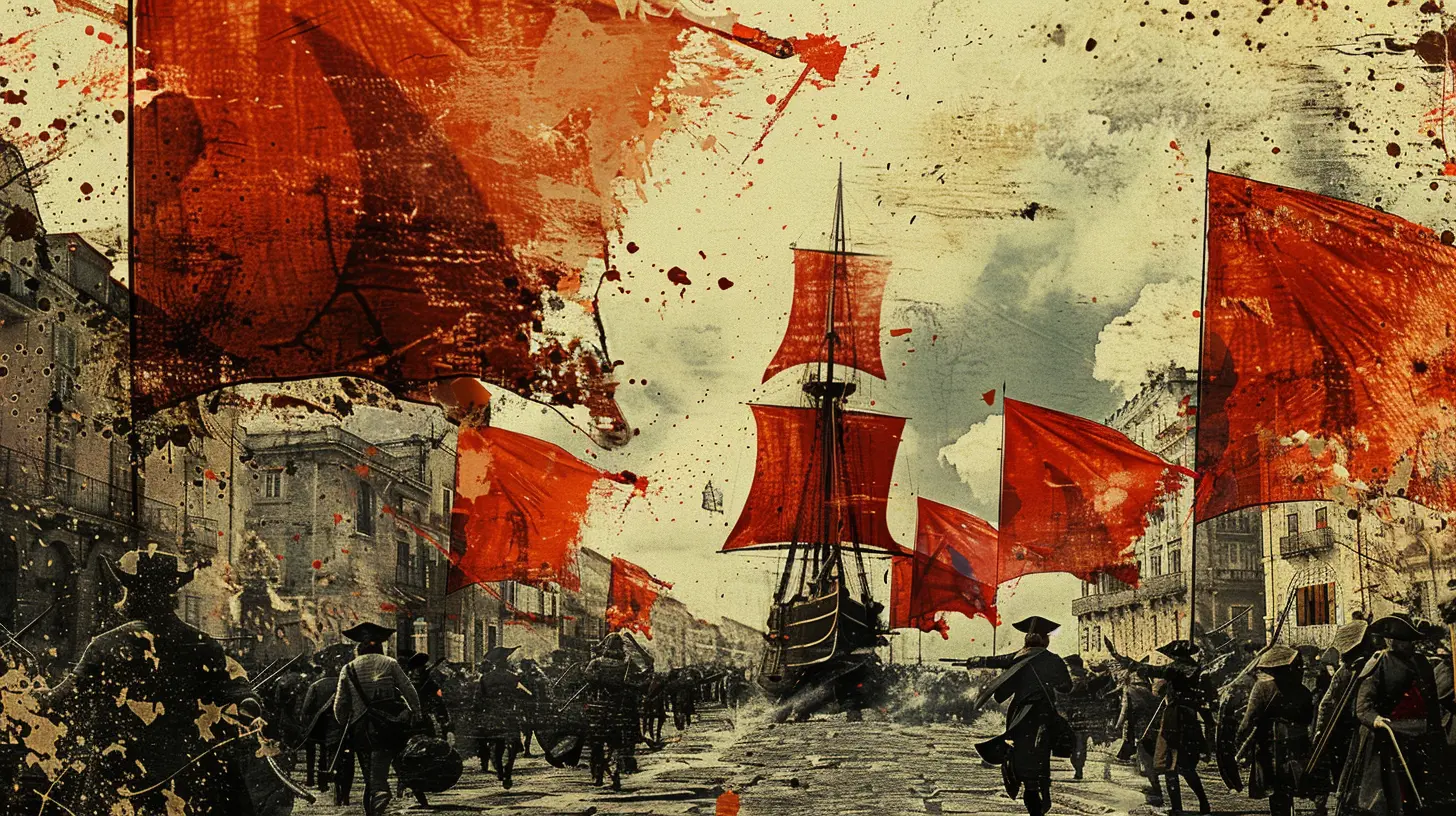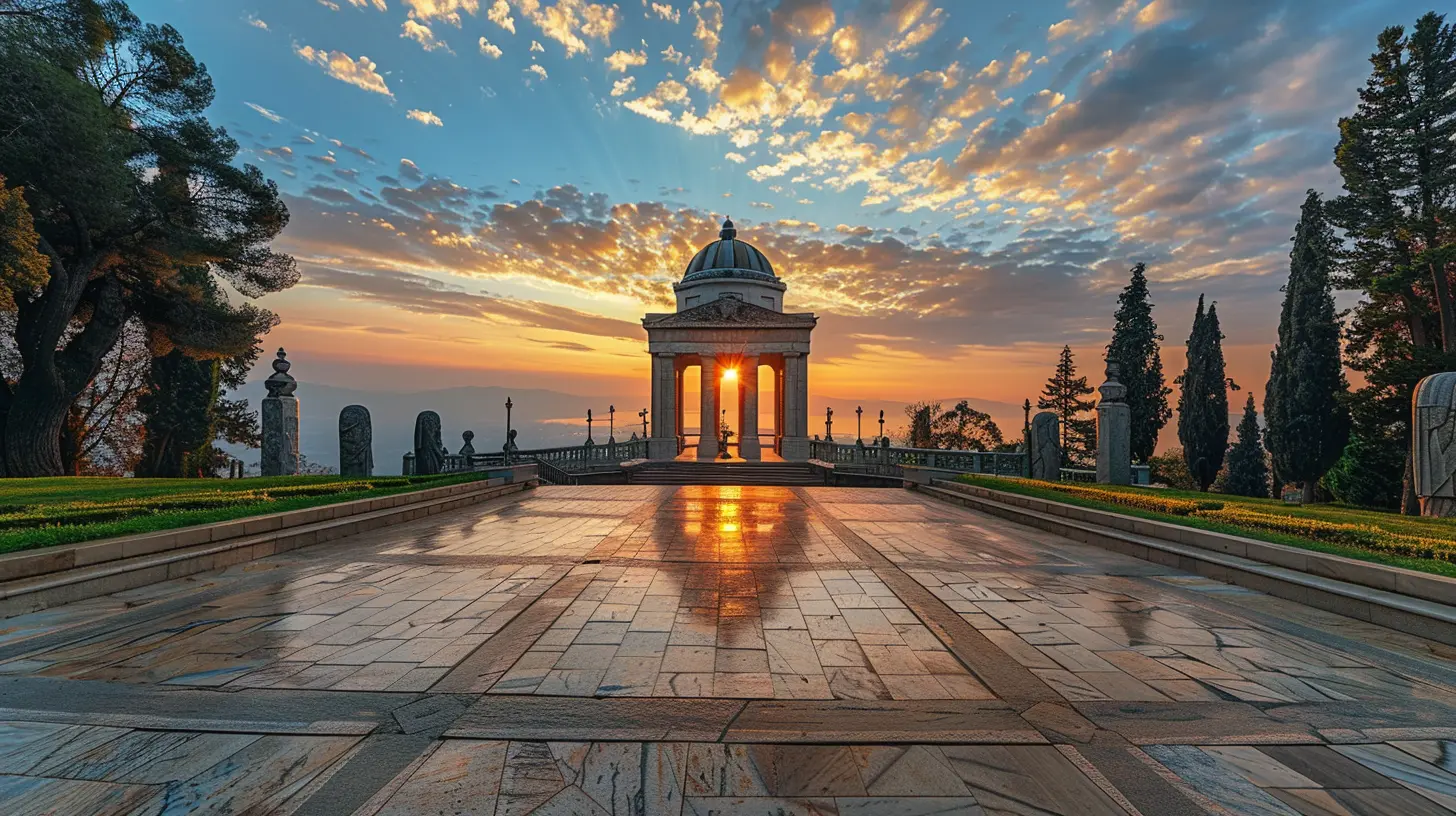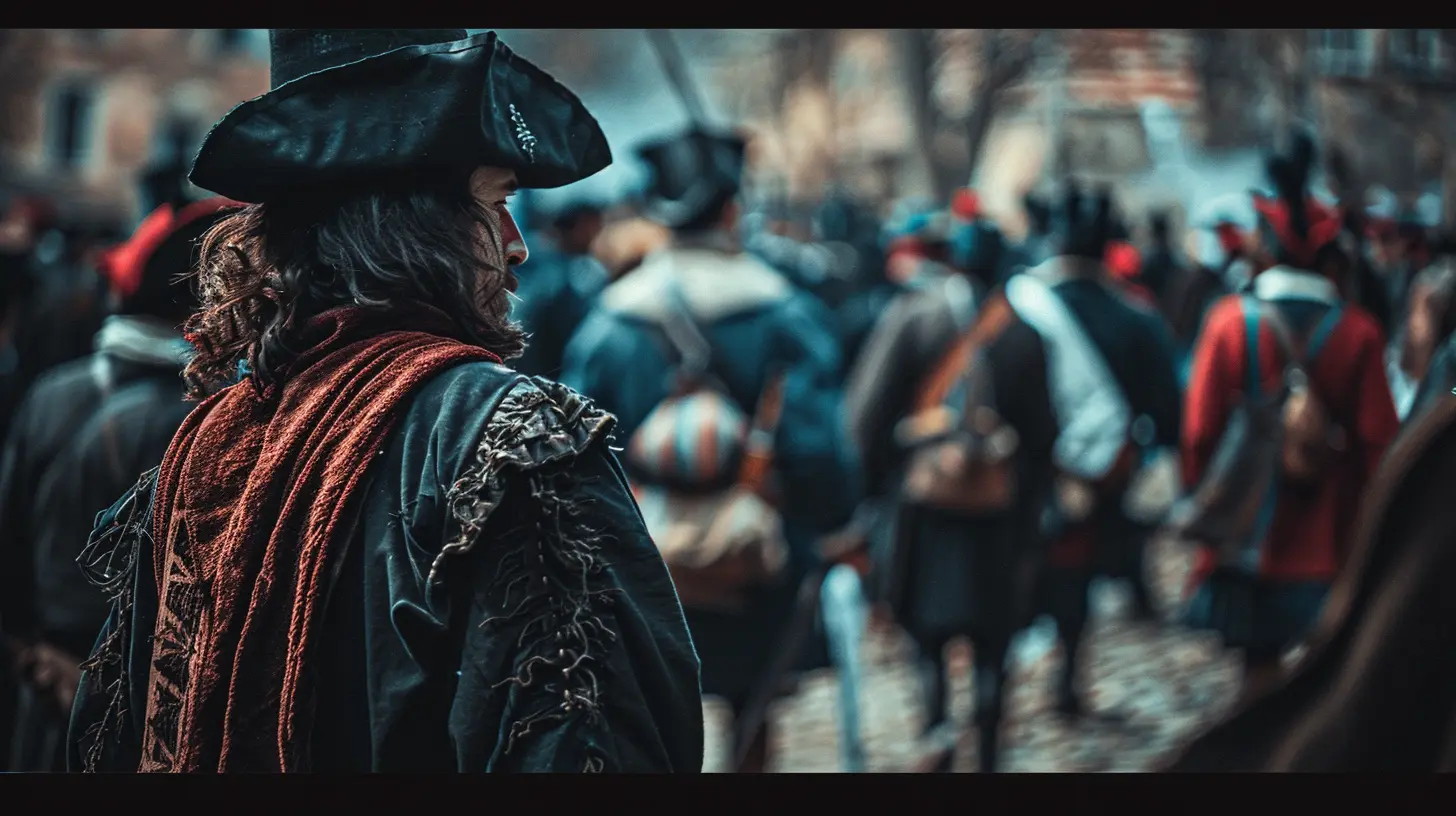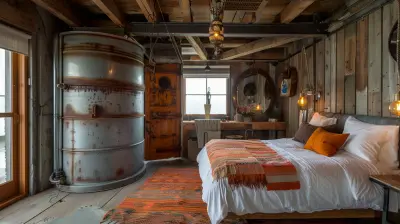Revolutionary Sites: Landmarks of Freedom and Rebellion
10 July 2025
In the grand tapestry of human history, certain places stand out as epicenters of change. These are the places where rebellion was born, where freedom was fought for, and where the course of a nation's fate was forever altered. These revolutionary sites serve as both literal and symbolic reminders of the struggles and sacrifices that led to freedom and independence. Visiting these places is like stepping into a time machine—a chance to relive history, to walk the same paths that rebels, revolutionaries, and freedom fighters once walked.
But let's be real: these places aren't just about old buildings and plaques. They are living, breathing stories of triumph, rebellion, and resilience—stories that continue to shape our present and future. So, fasten your seatbelts, take out your mental passports, and let's embark on a journey to explore some of the world's most iconic landmarks of freedom and rebellion.

Table of Contents
1. The Bastille, France2. The Alamo, USA
3. Robben Island, South Africa
4. The Berlin Wall, Germany
5. Leipzig, Germany: The Peaceful Revolution
6. Havana, Cuba: The Cuban Revolution
7. Conclusion: Why Visit Revolutionary Sites?

The Bastille, France
A Spark that Ignited a Revolution
Ever heard of the phrase “storming the Bastille”? This event marks one of the most significant turning points in world history, and all of it took place at an old fortress in Paris—the Bastille. This massive stone structure wasn’t just a prison. It was a symbol. It represented the absolute power of the French monarchy, and when Parisians stormed it on July 14, 1789, it set off the French Revolution!Legend has it that the day the Bastille fell, the people of Paris were not just rebelling against the prison itself but the entire oppressive system. The revolutionaries were after gunpowder and weapons, but what they unleashed was something far more potent: the fight for freedom, equality, and fraternity.
Although the Bastille itself no longer stands, its legacy endures. The site is now home to the Place de la Bastille, and every year, France celebrates Bastille Day, a public holiday commemorating the event. If you're someone who appreciates the dramatic turns of history, a visit here will let you reflect on how a single act of rebellion can spark an unstoppable change.
The Alamo, USA
"Remember the Alamo!"
Even if you're not from Texas, chances are you've heard the rallying cry: "Remember the Alamo!" The Alamo is a small mission located in present-day San Antonio, Texas. But its history? Monumental. The Battle of the Alamo in 1836 became a pivotal moment in the Texas Revolution, where a small group of Texan soldiers defended the mission against a far larger Mexican force.Though the Texans eventually fell, their courage inspired the entire state. The battle became a symbol of the fight for independence from Mexico—highlighting the age-old truth that even in the face of overwhelming odds, the human spirit can remain unbroken. Today, visitors can tour the Alamo and get a sense of the sacrifices made here. The ghosts of history seem to walk beside you as you explore the building's walls, forever echoing the cries of those who fought for a dream larger than themselves.
Robben Island, South Africa
Where Mandela’s Freedom Began
Robben Island, situated off the coast of Cape Town, is infamous for being the place where Nelson Mandela was incarcerated for 18 years. But this isn’t just a site of imprisonment—it's a symbol of the struggle against apartheid, a state-enforced policy of racial segregation that once held South Africa in its grip.Walking the grounds of Robben Island feels like walking through the shadows of history. The prison held some of the most prominent anti-apartheid activists, including Mandela, whose time on the island would ultimately shape his journey toward becoming the first Black president of South Africa. The small, stark jail cells and the island's isolation create a sharp contrast to the freedom these individuals fought so hard to secure.
Today, Robben Island is a UNESCO World Heritage site, drawing tourists from around the globe. The ferry ride there can be a somber reminder of the distance once placed between freedom and oppression. The emotional weight of the place makes it a must-visit for anyone eager to learn more about the human capacity to resist and overcome injustice.
The Berlin Wall, Germany
Walls Are Meant to Be Torn Down
When you think of the Cold War, one image likely springs to mind: the Berlin Wall. Standing tall and formidable from 1961 until 1989, this concrete barrier physically and ideologically divided the city of Berlin into East and West. It became a symbol of the Iron Curtain that separated the communist Eastern Bloc from the capitalist West during the Cold War.But here’s the kicker: the Berlin Wall didn’t just keep people apart; it epitomized the repressive nature of authoritarian regimes. However, like all walls, it wasn't built to last. On November 9, 1989, the world watched in awe as the wall fell, a literal and symbolic tearing down of barriers between people.
Today, parts of the Berlin Wall remain as a chilling reminder of the past. The East Side Gallery is an open-air art gallery that stretches along a surviving section of the wall. Covered in murals and messages of peace, it is now one of Berlin’s most visited landmarks—a testament to the endurance of the human desire for freedom.
Leipzig, Germany: The Peaceful Revolution
When People Took to the Streets for Freedom
Not too far from Berlin is another lesser-known but equally significant revolutionary site: Leipzig. It’s here that one of the most remarkable moments in European history took place—the Peaceful Revolution of 1989. Thousands of protestors gathered in the streets every Monday evening, demanding answers to long-standing issues of freedom and oppression in East Germany.They faced tear gas, police violence, and the heavy threat of Soviet intervention, but peace and persistence won the day. The Leipzig protests culminated in what became known as the “Fall of the GDR” (German Democratic Republic), leading to the eventual collapse of the Berlin Wall and the reunification of Germany. In a world where peaceful protests often get overlooked, Leipzig's non-violent movement is a beacon of hope.
Havana, Cuba: The Cuban Revolution
Revolution on a Caribbean Island
If you think revolutions only belong to the distant past, think again. Havana, the capital of Cuba, tells a more recent story of rebellion and revolution. It was in these very streets, in the late 1950s, that Fidel Castro and his band of guerrillas began their campaign to overthrow the Batista government. The Cuban Revolution captured the world's attention, becoming an enduring symbol of defiance against imperialism and authoritarianism.Modern-day Cuba pulses with the energy of its revolutionary past. Places like Revolution Square and the Museum of the Revolution take visitors into the heart of this movement, offering a raw glimpse into the people, ideas, and events that shaped the nation. Whether you agree with the outcomes of the revolution or not, there's no denying that Havana’s revolutionary legacy has left an indelible mark on the world.
Conclusion: Why Visit Revolutionary Sites?
So, why should you care about these revolutionary sites? I mean, sure, they’re steeped in history, but what’s the takeaway here?Visiting these landmarks isn’t just about checking off items on your travel bucket list. It’s about understanding the human experience—how people, when pushed to their limits, rise up to demand change. These battlefields, forts, prisons, and walls aren’t just static structures; they’re living witnesses to the indomitable will of those who stood up for what they believed in.
Each of these places has its own unique story of rebellion, resilience, and revolution, but they all share a common thread: the fight for freedom. And at the end of the day, isn’t that something we should all be invested in?
all images in this post were generated using AI tools
Category:
Historical SitesAuthor:

Kelly Hall
Discussion
rate this article
2 comments
Scarlett McManus
Inspiring exploration of revolutionary sites that shaped our quest for freedom!
October 14, 2025 at 3:13 AM

Kelly Hall
Thank you! I'm glad you found the exploration inspiring. These sites truly embody the spirit of our quest for freedom.
Sheena Schultz
This article beautifully highlights the profound significance of revolutionary sites around the world. By exploring landmarks of freedom and rebellion, it not only educates travelers about historical struggles but also inspires a deeper appreciation for the ongoing fight for rights and justice. A must-read for history enthusiasts and travelers alike!
July 15, 2025 at 4:17 PM

Kelly Hall
Thank you for your thoughtful comment! I'm glad you found the article inspiring and insightful—history truly has a powerful way of connecting us to ongoing struggles for justice.


